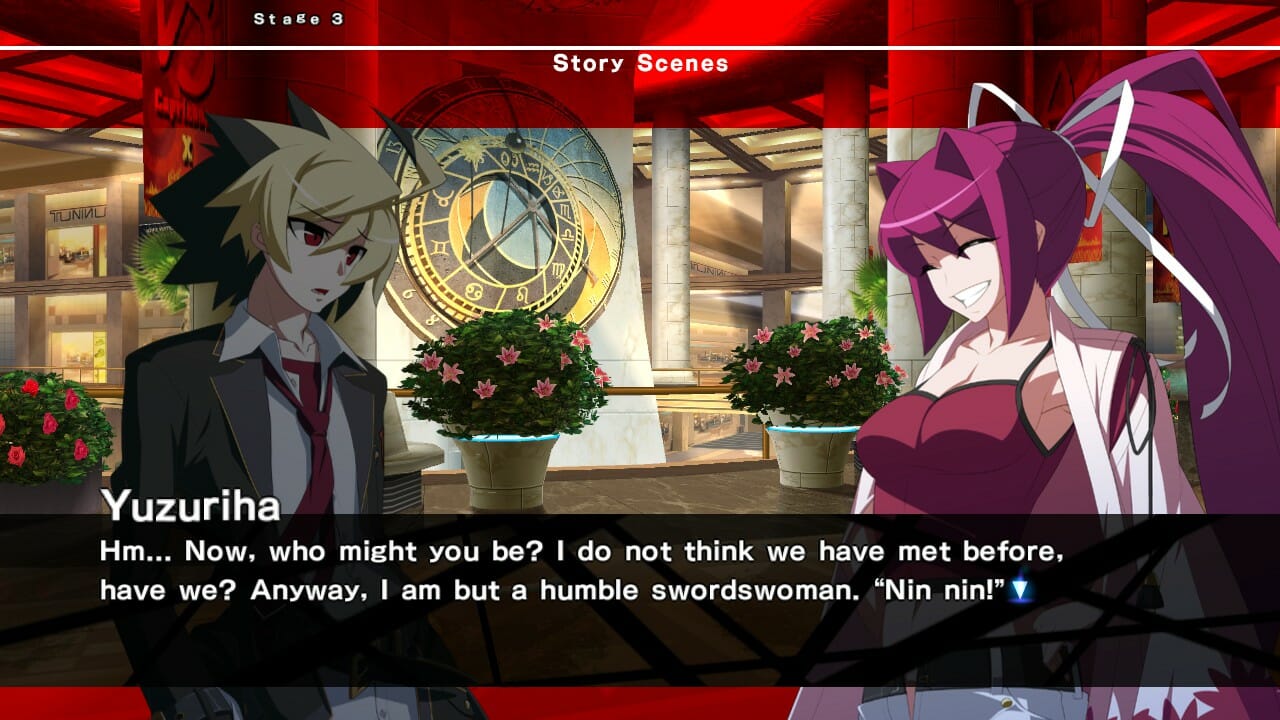Arc System Works has proven time and time again that they know how to make great fighting games. Under Night In-Birth Exe: Late[st], despite having an extremely unnecessarily long name, is no exception. I was already a big fan of the previous installation of Under Night, and while Late[st] doesn’t add a whole lot to the formula, I personally believe it to be one of Arc System Works best titles.
You may know Arc System Works for their work on Blazblue, Guilty Gear, Dragonball FighterZ, and pretty much every other good anime-styled fighting game out there. But, it seems that Under Night is one that has consistently flown under the radar, which is truly a shame.
Many fighting games often have deep lore within their characters and their world, and Under Night certainly follows suit. Before Late[st], the previous installations only told their story through short cutscenes in the Arcade Mode, and often times it was difficult to piece together the story this way. Under Night clearly had a lot of thought put into the story, but just didn’t explain much in-game, which left a lot of terms and events to be referenced with no explanation. Luckily, this has been remedied in Late[st] for players that really care about why these characters are beating the hell out of each other.



